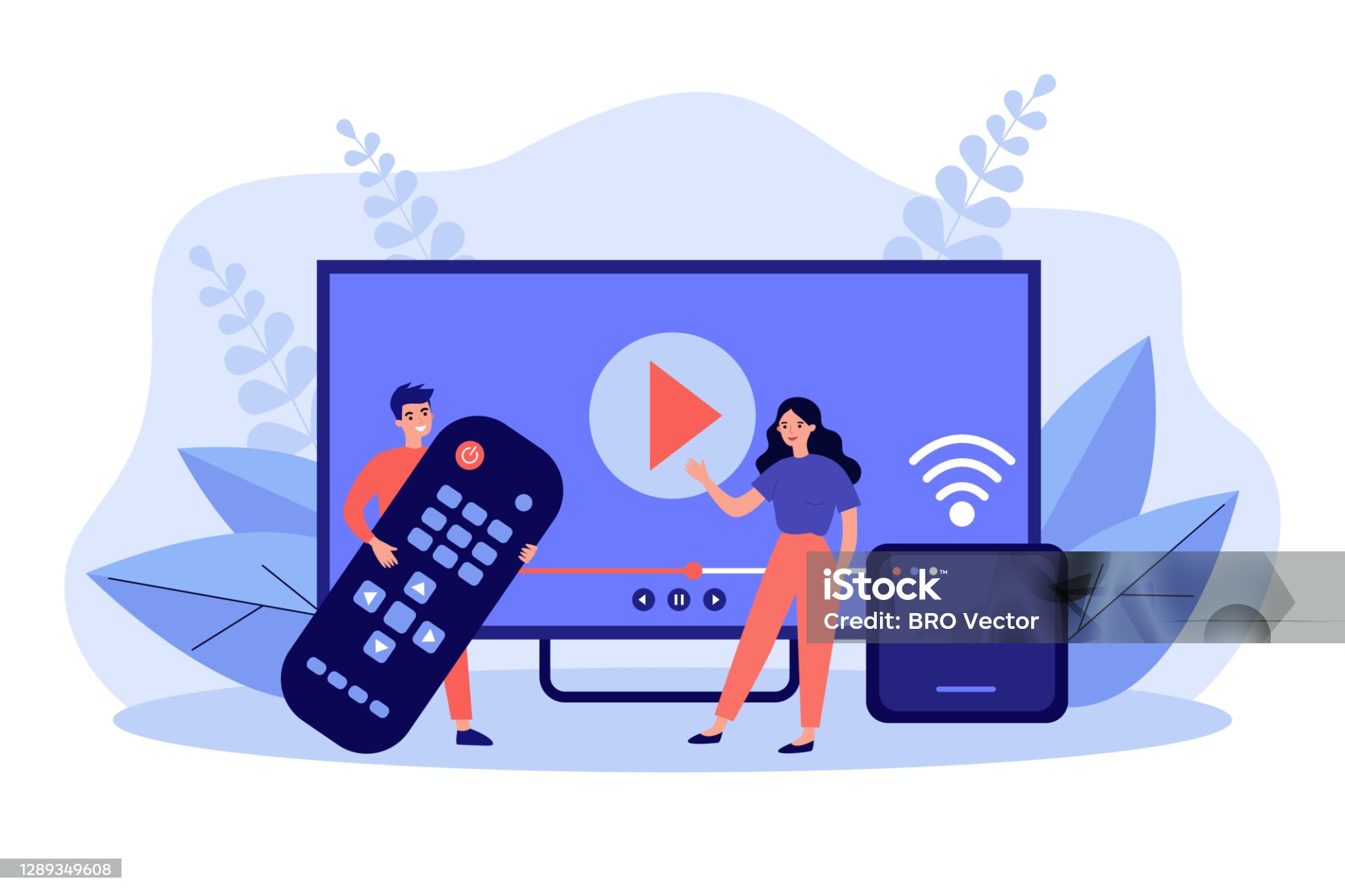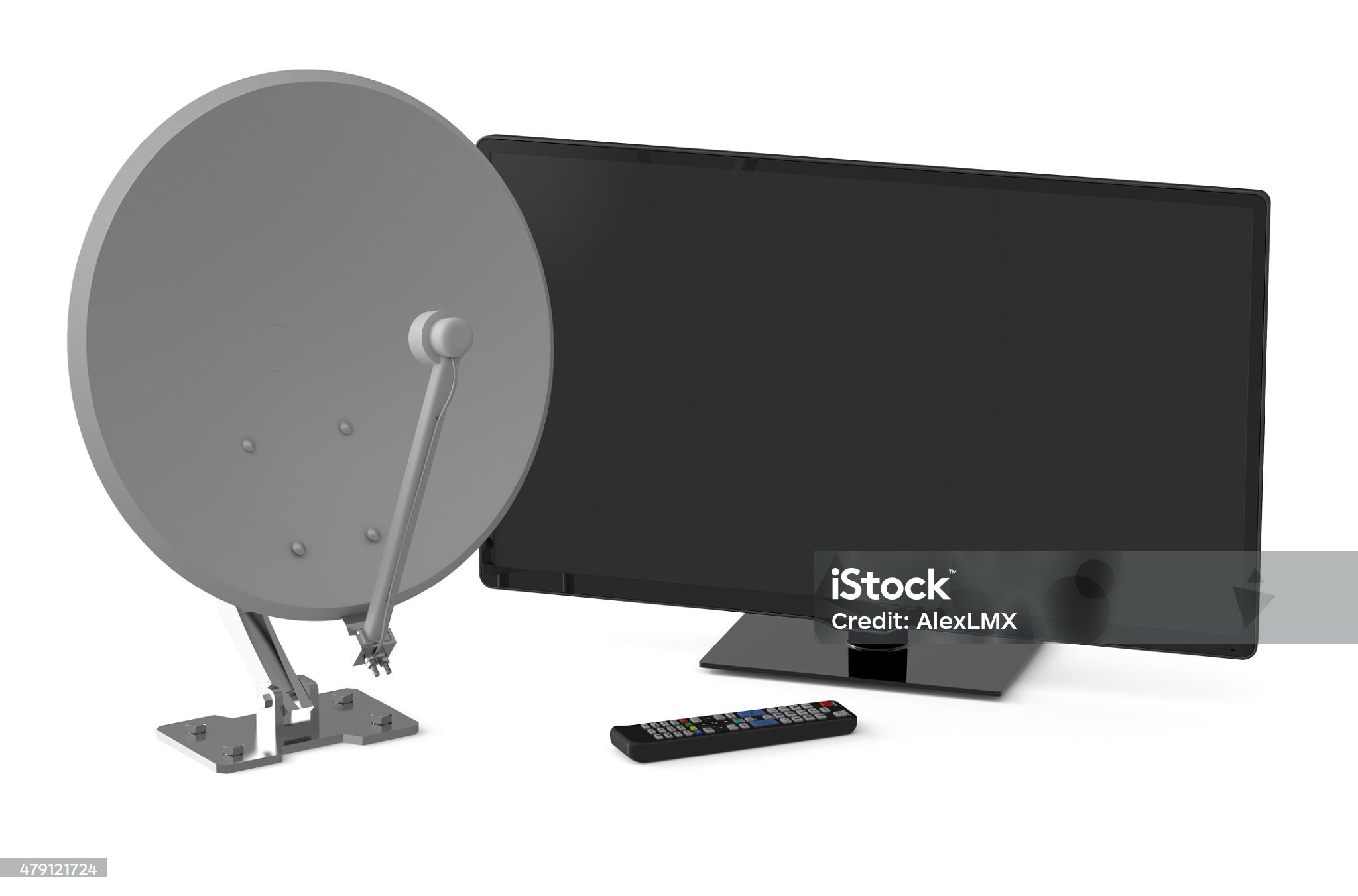The Future of IPTV in the United Kingdom and America: Technological Trends
The Future of IPTV in the United Kingdom and America: Technological Trends
Blog Article
1.Introduction to IPTV

IPTV, also known as Internet Protocol Television, is gaining increasing influence within the media industry. In stark contrast to traditional TV broadcasting methods that use expensive and largely exclusive broadcasting technologies, IPTV is streamed over broadband networks by using the same Internet Protocol (IP) that supports millions of personal computers on the current internet infrastructure. The concept that the same shift towards on-demand services lies ahead for the era of multiscreen TV consumption has already grabbed the attention of key players in technology integration and growth prospects.
Viewers have now begun consuming TV programs and other media content in a variety of locations and on a variety of devices such as mobile phones, computers, laptops, PDAs, and other similar devices, in addition to traditional TV sets. IPTV is still relatively new as a service. It is undergoing significant growth, and various business models are emerging that may help support growth.
Some argue that economical content creation will potentially be the first content production category to transition to smaller devices and capitalize on niche markets. Operating on the business side of the TV broadcasting pipeline, the current state of IPTV services and infrastructure, nevertheless, has several clear advantages over its rival broadcast technologies. They include HDTV, streaming content, DVR functionality, audio integration, web content, and immediate technical assistance via alternate wireless communication paths such as cell phones, PDAs, satellite phones, etc.
For IPTV hosting to work efficiently, however, the internet gateway, the core switch, and the IPTV server consisting of video encoders and server blade assemblies have to collaborate seamlessly. Multiple regional and national hosting facilities must be highly reliable or else the broadcast-quality signals fail, shows seem to get lost and don’t get recorded, communication halts, the screen goes blank, the sound becomes choppy, and the shows and services will malfunction.
This text will examine the competitive environment for IPTV services in the U.K. and the U.S.. Through such a comparative analysis, a series of meaningful public policy considerations across multiple focus areas can be uncovered.
2.Legal and Policy Structures in the UK and US Media Sectors

According to legal principles and associated scholarly discussions, the choice of the regulation strategy and the policy specifics depend on one’s views of the market. The regulation of media involves rules on market competition, media control and proprietorship, consumer safeguarding, and the defense of sensitive demographics.
Therefore, if we want to regulate the markets, we need to grasp what defines the media market landscape. Whether it is about ownership limits, studies on competition, consumer protection, or child-focused media, the regulator has to understand these sectors; which content markets are expanding rapidly, where we have competitive dynamics, vertically integrated activities, and ownership overlaps, and which industries are struggling competitively and ready for innovative approaches of key participants.
In other copyright, the landscape of these media markets has already changed from the static to the dynamic, and only if we analyze regulatory actions can we identify future trends.
The expansion of Internet Protocol Television on a global scale accustoms us to its adoption. By combining standard TV features with innovative ones such as technology-driven interactive options, IPTV has the potential to be a significant element in boosting remote area viability. If so, will this be enough to prompt regulatory adjustments?
We have no data that IPTV has greater allure to the people who do not subscribe to cable or DTH. However, a number of recent changes have had the effect of putting a brake on IPTV growth – and it is these developments that have led to dampened forecasts about IPTV's future.
Meanwhile, the UK implemented a lenient regulatory approach and a forward-thinking collaboration with the industry.
3.Market Leaders and Distribution

In the United Kingdom, BT is the dominant provider in the UK IPTV market with a 1.18% market share, and YouView has a 2.8% share, which is the landscape of basic and dual-play service models. BT is typically the leader in the UK based on statistics, although it experiences minor shifts over time across the 7–9% range.
In the United Kingdom, Virgin Media was the first to start IPTV using hybrid fiber-coaxial technology, with BT entering later. Netflix and Amazon Prime are the dominant streaming providers in the UK IPTV market. Amazon has its own streaming device service called Amazon Fire TV, akin to Roku, and has just launched in the UK. However, Netflix and Amazon are excluded from telco networks.
In the US, AT&T is the top provider with a 17.31% stake, exceeding Verizon’s FiOS at 16.88 percent. However, considering only DSL-based IPTV services, the leader is CenturyLink, trailing AT&T and Frontier, and Lumen.
Cable TV has the dominant position of the American market, with AT&T drawing an impressive 16.5 million users, primarily through its U-verse service and DirecTV service, which also is active in the Latin American market. The US market is, therefore, segmented between the main traditional telephone companies offering IPTV services and emerging internet-based firms.
In Europe and North America, leading companies use a converged service offering or a strategy focusing on loyal users for the majority of their marketing, including three and four-service bundles. In the United States, AT&T, Verizon, and Lumen largely use infrastructure owned by them or traditional telephone infrastructure to provide IPTV options, however on a lesser scale.
4.IPTV Content and Plans

There are differences in the media options in the IPTV sectors of the UK and US. The range of available programming includes live national or regional programming, streaming content and episodes, pre-recorded shows, and unique content like TV shows or movies only available through that service that could not be bought on video or aired outside the platform.
The UK services provide conventional channel tiers similar to the UK cable platforms. They also offer mid-size packages that include the key pay TV set of channels. Content is grouped not just by genre, but by distribution method: terrestrial, satellite, Freeview, and BT Vision VOD.
The key differences for the IPTV market are the payment structures in the form of static plans versus the more customizable channel-by-channel option. UK IPTV subscribers can select add-on subscription packages as their preferences evolve, while these channels come pre-bundled in the US, in line with a user’s initial long-term plan.
Content collaborations underline the distinct policy environments for media markets in the US and UK. The era of condensed content timelines and the ongoing change in the market has major consequences, the most direct being the commercial position of the UK’s dominant service provider.
Although a new player to the busy and contested UK TV sector, Setanta is poised to capture a broad audience through presenting a modern appeal and having the turn of the globe’s highest-profile rights. The strength of the brands is a significant advantage, combined with a product that has a cost-effective pricing and caters to passionate UK soccer enthusiasts with an enticing extra service.
5.Future of IPTV and Tech Evolution

5G networks, in conjunction with millions of IoT devices, have transformed IPTV transformation with the implementation of AI and machine learning. Cloud computing is significantly complementing AI systems to unlock novel functionalities. Proprietary AI recommendation systems are increasingly being implemented by content service providers to capture audience interest with their own advantages. The video industry has been transformed with a fresh wave of innovation.
A higher IPTV for Business Use bitrate, by increasing resolution and frame rate, has been a primary focus in enhancing viewer engagement and gaining new users. The advancements in recent years stemmed from new standards established by industry stakeholders.
Several proprietary software stacks with a reduced complexity are close to deployment. Rather than pushing for new features, such software stacks would allow streaming platforms to optimize performance to further improve customer satisfaction. This paradigm, reminiscent of prior strategies, relied on user perspectives and their expectation of worth.
In the near future, as rapid tech uptake creates a level playing field in audience engagement and industry growth levels out, we anticipate a more streamlined tech environment to keep senior demographics interested.
We emphasize a couple of critical aspects below for the UK and US IPTV markets.
1. All the major stakeholders may play a role in shaping the future in media engagement by transforming traditional programming into interactive experiences.
2. We see virtual and augmented reality as the main catalysts behind the growth trajectories for these areas.
The shifting viewer behaviors puts information at the forefront for every stakeholder. Legal boundaries would obstruct easy access to user information; hence, privacy regulations would hesitate to embrace new technologies that may risk consumer security. However, the current integrated video on-demand service market suggests otherwise.
The cybersecurity index is at its weakest point. Technological advances have made system hacking more digitally sophisticated than a job done hand-to-hand, thereby benefiting white-collar hackers at a larger scale than traditional thieves.
With the advent of headend services, demand for IPTV has been growing steadily. Depending on viewer habits, these developments in technology are going to change the face of IPTV.
References:Bae, H. W. and Kim, D. H. "A Study of Factors affecting subscription to IPTV Service." JBE (2023). kibme.org
Baea, H. W. and Kima, D. H. "A Study about Moderating Effect of Age on The IPTV Service Subscription Intention." JBE (2024). kibme.org
Cho, T., Cho, T., and Zhang, H. "The Relationship between the Service Quality of IPTV Home Training and Consumers' Exercise Satisfaction and Continuous Use during the COVID-19 Pandemic." Businesses (2023). mdpi.com
Report this page